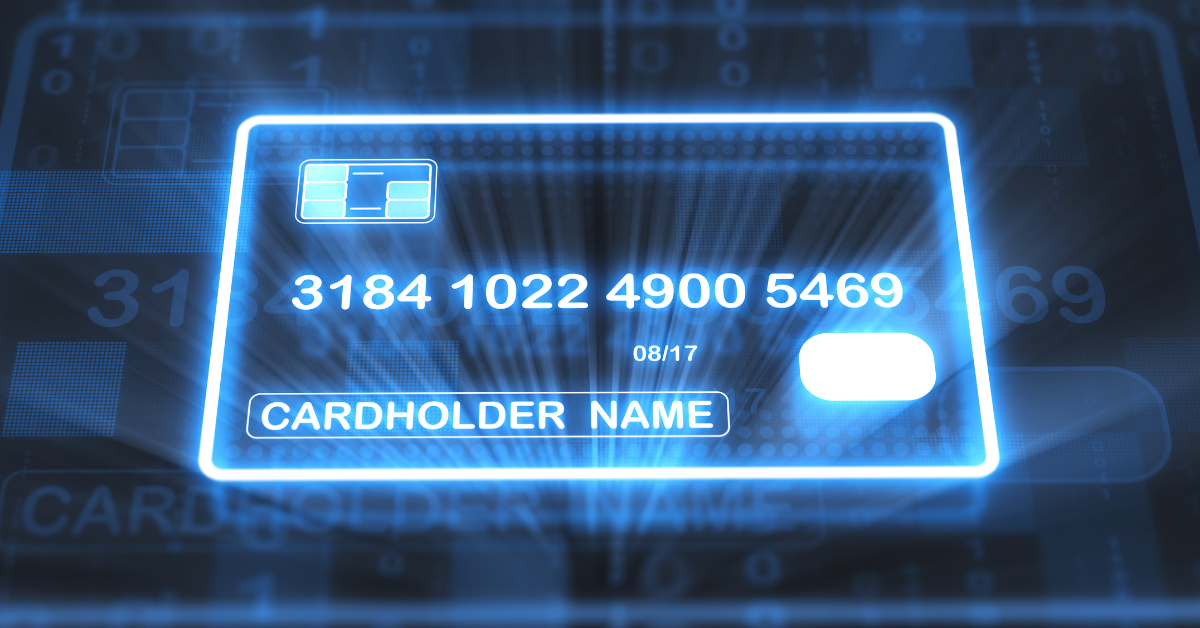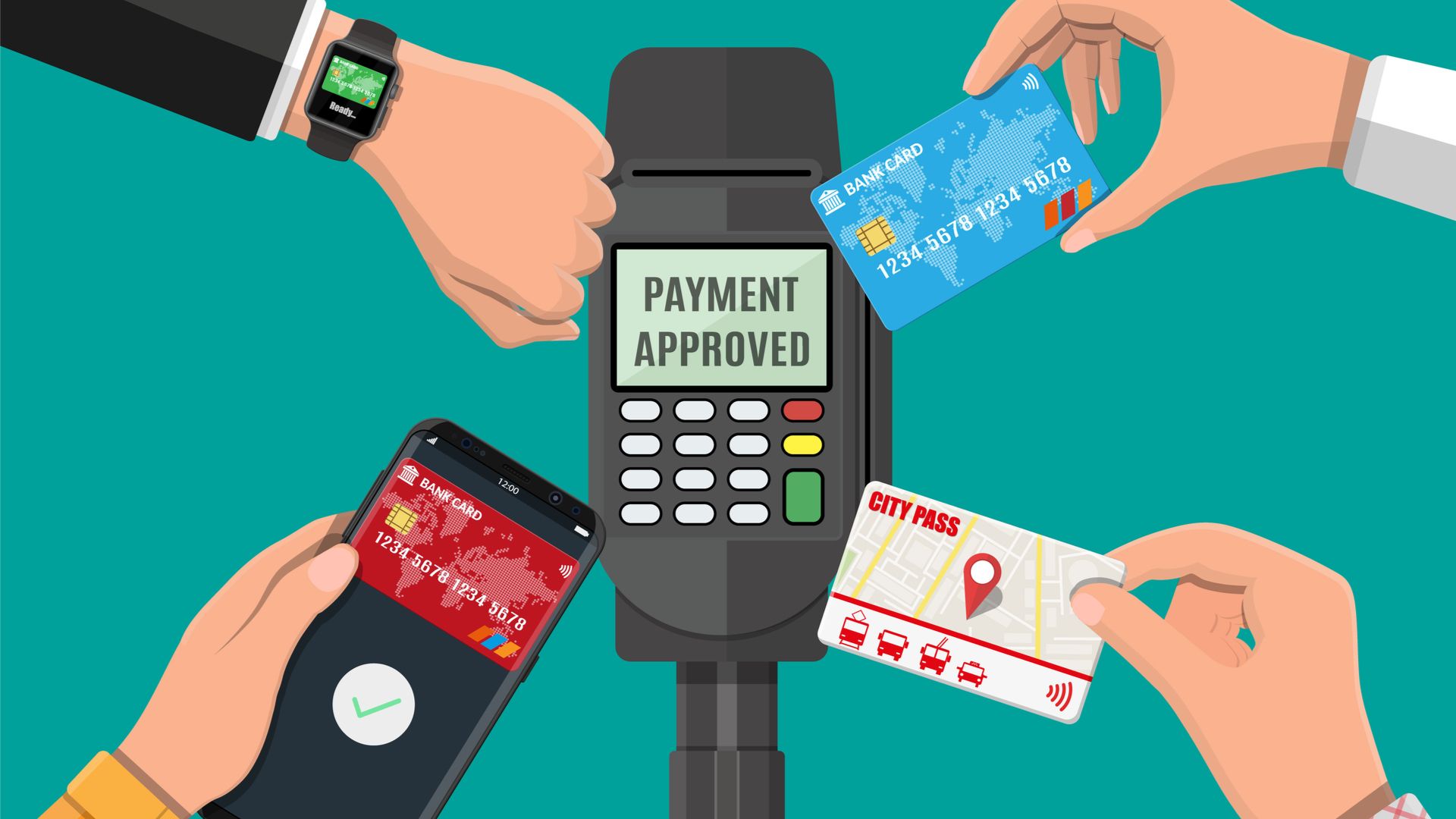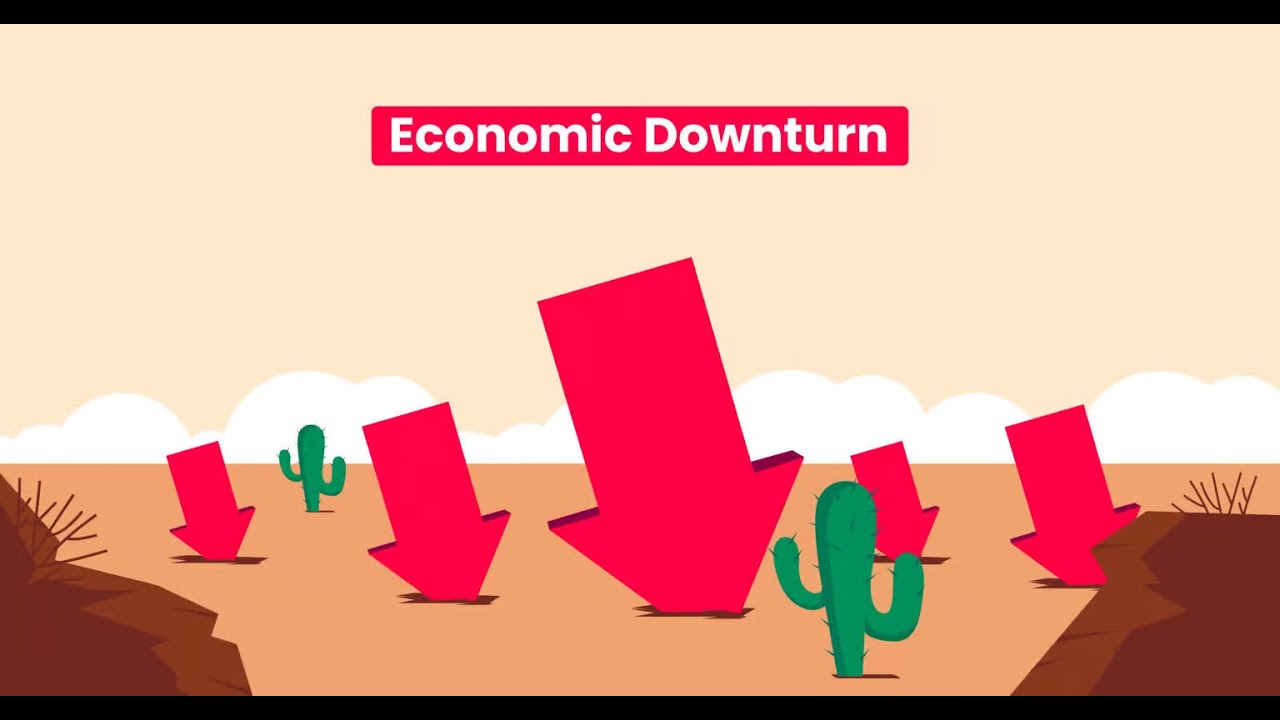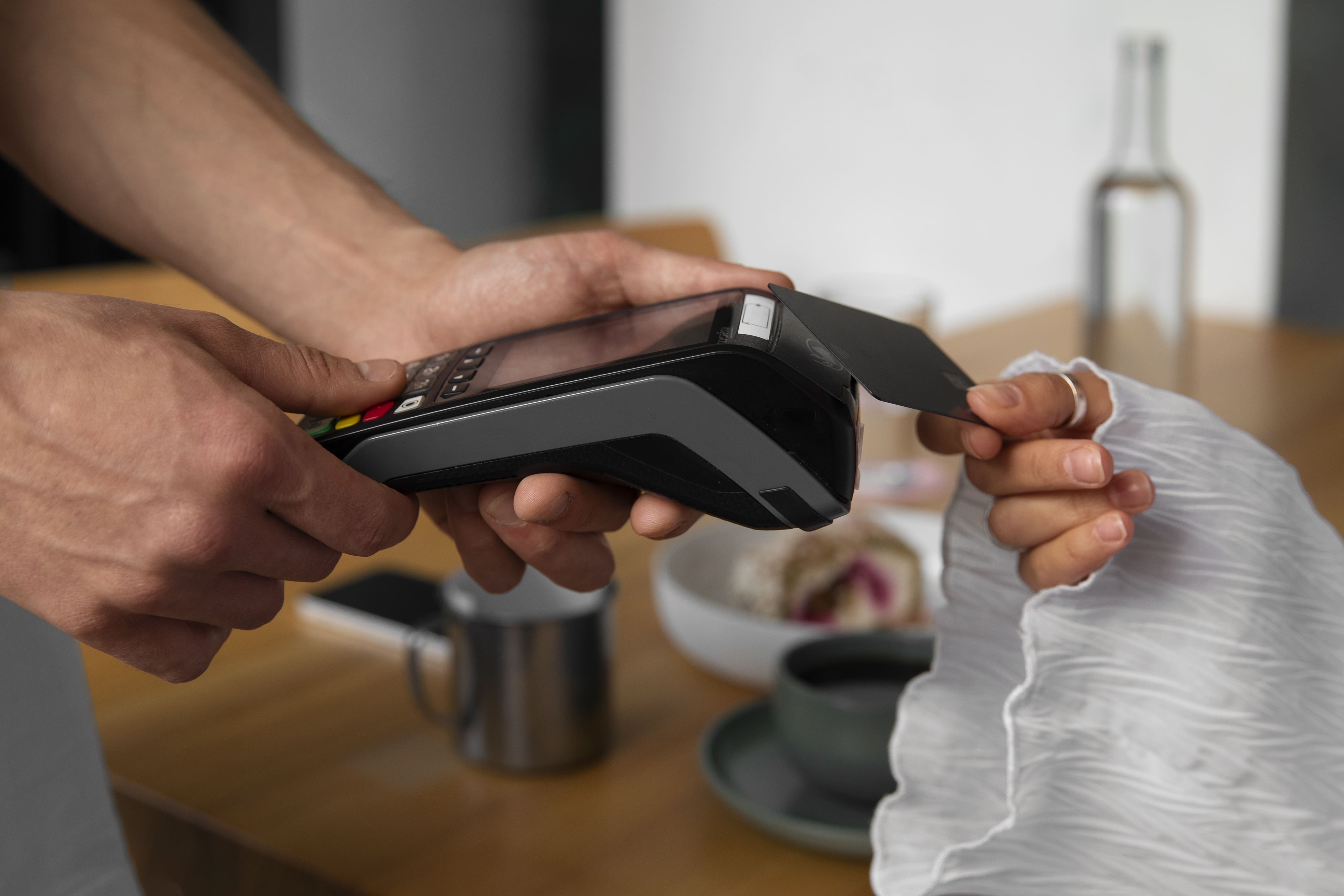The Shift in Consumer Behavior and Payment Options.
In many markets, cash is increasingly relegated to backup status. Americans are using cash in fewer transactions. A 2025 report from the Federal Reserve shows that while consumers still perform about seven cash payments per month, cash accounted for only around 14% of all consumer payments by number. Credit and debit cards dominate. Contactless payment, mobile wallets, and remote payment methods continue to gain ground.
Growth in point-of-sale (POS) cashless transactions is strong globally. As of 2024, over 80% of consumers worldwide use contactless payments, a number that has risen notably in recent years. In North America, non-cash transaction volume is projected to grow steadily toward 2028, driven by demand for instant payments and open banking functionality.
Drivers Shaping the Cashless Landscape.
Several forces combine to reshape everyday commerce:
- Speed and Convenience: Digital payments reduce friction at checkout, whether in stores or online. Consumers expect smooth, fast, secure payment flows. Slow or complex payment processes trigger abandonment in e-commerce and frustration in physical retail.
- Technology Innovation: Contactless NFC, biometric authentication, mobile wallets, and integration with smart devices are becoming standard.
- Security Expectations: Fraud prevention, tokenization, risk scoring, and device-based authentication are increasingly demanded by consumers. Trust in payment methods depends heavily on perceived and actual safety.
- Changing Ecosystem: Super apps, embedded payments within non-financial platforms, BNPL (Buy Now, Pay Later), and cross-border payments are pushing payment innovation everywhere. Digital payment systems link with loyalty programs, subscription services, and recurring payments features which are altering how people pay for goods and services.
Impacts on Everyday Commerce.
The transition toward cashless commerce is altering business models, operations, and customer expectations in several ways:
- Retail and Physical Stores: Stores have upgraded terminals to accept contactless or mobile wallet payments. Self-service retail formats, vending machines, and smart kiosks increasingly process transactions without cash. Studies show that in many micro-markets and smart store formats, cashless transactions dominate.
- Mobile & Remote Payments: Use of mobile payment apps or digital wallets for remote purchases has climbed. Younger consumers use mobile devices frequently. In the US, people aged 18-24 use their phones for large shares of payments, and remote or peer-to-peer payments compose a growing fraction of total payment volume.
- Merchant Experience and Costs: Businesses returning change, handling cash logistics, and reconciling cash suffer overhead that digital payments trim. While transaction fees or infrastructure costs exist, many firms find net benefit in reduced loss, simplified accounting, and lower risk of theft. Eric Hannelius observes that digital payments systems allow smaller merchants to compete with larger ones because the cost of entry for payment acceptance declines and integration improves.
- Global Reach & Cross-Border Commerce: Digital payment rails enable easier cross-border commerce, lower friction in currency exchange, and innovation such as blockchain or instant-payment networks that reduce settlement times. This permits businesses to scale across regions more smoothly.
Eric Hannelius frames the cashless transformation as part of a larger vision for financial inclusion and operational efficiency. He notes: “Digital payments reshape daily commerce by making transactions flow with less friction. For consumers that means speed and predictability. For businesses efficiency opens room to reinvest. When payments are embedded, secure, and fast, commerce can shift from transaction-centric to relationship-oriented.”
Eric Hannelius highlights security and regulation as sources of trust that will define which digital payments systems endure. He expects that biometric authentication, tokenization, and real-time fraud detection will become baseline requirements for merchants and platforms. He emphasizes that those who treat regulatory compliance and user trust as part of product design have strategic advantage.
Challenges and Obstacles Ahead.
Transition to an almost cashless commerce environment carries some risks:
- Infrastructure Gaps: In locales where POS terminals, connectivity, or device ownership are uneven, adoption lags. Rural or lower-income communities often depend on cash or informal payment systems.
- Regulatory Barriers and Privacy Concerns: Data protection, authentication requirements, cross-border regulatory differences, and compliance with anti-money laundering rules complicate deployment of new payment services. Overlooking regulatory burden can lead to reputational or financial risk.
- Consumer Trust and Accessibility: Some consumers distrust digital systems or worry about privacy. Others lack smartphones or reliable internet access. Including marginalized populations in the cashless shift is required for truly universal adoption.

What Business Leaders Should Do.
Leaders in fintech and commerce need to act with clarity. First, they should audit current payment methods, checkout friction, and customer complaints related to payments. Second, they should invest in infrastructure that supports contactless, mobile, and biometric payments, while maintaining cash acceptance capabilities where needed. Third, security must be designed into every payment channel, not appended later. Systems that use tokenization, fraud scoring, biometric verification, and real-time alerts give users confidence.
Businesses should also monitor emerging technologies such as AI agents capable of executing transactions on behalf of users, stablecoin rails, and cross-border real-time networks. Partnerships with regulators and payments networks help to shape frameworks that support both innovation and protection.
Finally, integrating payment data into business intelligence yields insights on consumer behavior, drop-off points, transaction cost profiles, and opportunity areas for upselling or loyalty programs.
The cashless future is already reshaping everyday commerce. Digital payments are becoming default in many contexts, altering how consumers behave and how businesses compete. The firms that benefit most will treat digital payments as core to how commerce works, with trust, speed, and inclusion baked in. As Eric Hannelius points out: “A cashless system that includes all users, that balances usability with security, and that builds reliability into every step has a shot at defining the long-run architecture of finance.”









